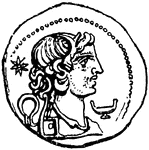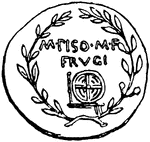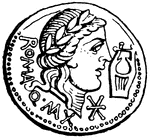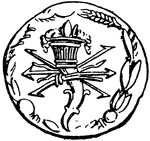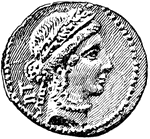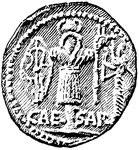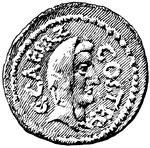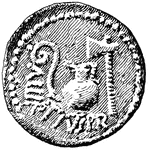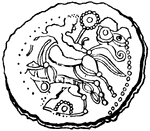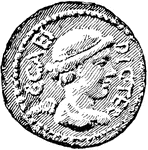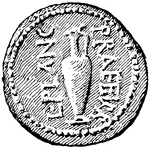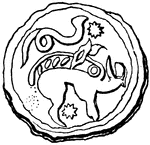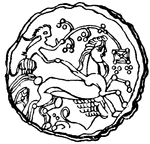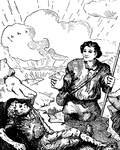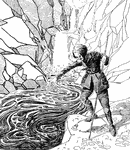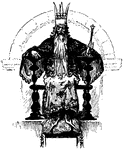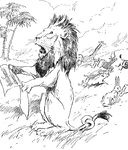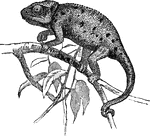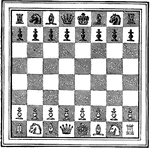
Coin of Diviciacus
The Coin of the King of the Suessiones, Diviciacus, with bust on front and prancing horse on back. Front.
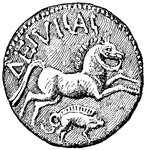
Coin of Diviciacus
The Coin of the King of the Suessiones, Diviciacus, with bust on front and prancing horse on back. Back.
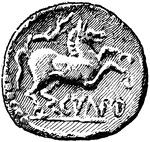
British Coin
British coin of the time period of the Roman invasion in the Gallic War, B.C. 54. Back.
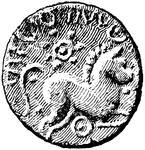
British Coin
British coin of the time period of the Roman invasion in the Gallic War, B.C. 54. Back.

Patera
"A round plate or dish. The paterae of the most common kind were small plates of the common red earthenware,…
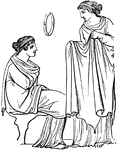
Peplum
"An outer garment, strictly worn by females, and thus corresponding to the himation or pallium, the…
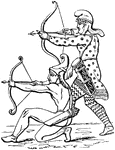
Phaetra
"A quiver, was principally made of hide or leather, and was adorned with gold, painting, and braiding.…
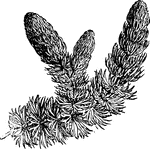
Hornwort
It is a slender aquatic herb, with whorled, finely dissected rigid leaves, and small solotary monoecious…
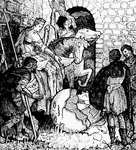
Humpty Dumpty
Humpty Dumpty sat on a wall; Humpty Dumpty had a great fall; And all the King's horses and all the King's…
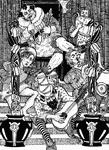
Tweedle Dee
Old King Cole was a merry old soul, and a merry old soul was he; He called for his pipe, and he called…

Queen of Hearts
The Queen of Hearts, she made some tarts, all on a summer's day; The Knave of Hearts, he stole those…
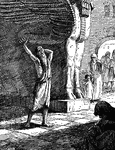
Mordecai Cries out at the City Gates
"Now when Mordecai knew all that was done, Mordecai rent his clothes, and put on sackcloth with ashes,…

Esther Hosts a Banquet for King Xerxes and Haman
"So the king and Haman came to banquet with Esther the queen." Esther 7:1 ASV King Xerxes and Esther…
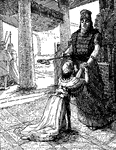
Esther Approaches King Xerxes
"Now it came to pass on the third day, that Esther put on her royal apparel, and stood in the inner…

Speculum
"Speculum, a mirror, a looking-glass. The looking-glasses of the ancients were usually made of metal,…

Cavalier
What a Cavalier wore. The name Cavalier originally related to political and social attitudes and behaviour,…
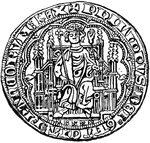
Chaise
The front of a French gold coin first issued by Louis IX. in the thirteenth century. It was equal to…
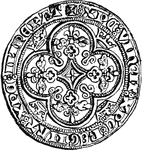
Chaise
The rear of a French gold coin first issued by Louis IX. in the thirteenth century. It was equal to…

Chara
They grow in pools and slow streams rooting in the ground and growing erect. Some species when taken…
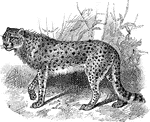
Cheetah
A hunting leopard. Has a short mane crest of hairs passing from the back of he head to the sholders.…
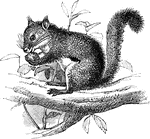
Red Squirrel
A small species of squirrel, about 7 inches long with a tail about the same length. The ears are tufted,…

Chick Pea
It grows wild around the shores of the Mediterranean and many parts of the East, producing a puffy pod,…

Chimera
A fire breathing monster, the fore part of whose body, according to the Iliad, was that of a lion, the…
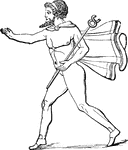
Mercury with caduceus
"Mercury, with his caduceus, summons the souls of the departed from Orcus, or the low world, as in the…
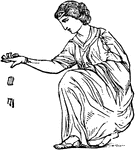
Talus
"Talus. The huckle-bones of sheep and goats were used to play with from the earliest times, principally…
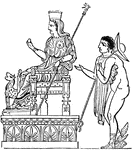
Thrones
"The following wood-cut from a fictile vase in the Museo Borbonico at Naples, represents Juno seated…
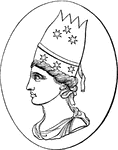
Tiara
"Tiara or Tiaras, a hat with a large high crown. This was the head-dress which characterized the north-western…

Greaves and shield
"Represents the interior view of a bronze shield and a pair of greaves. These greaves are made right…
